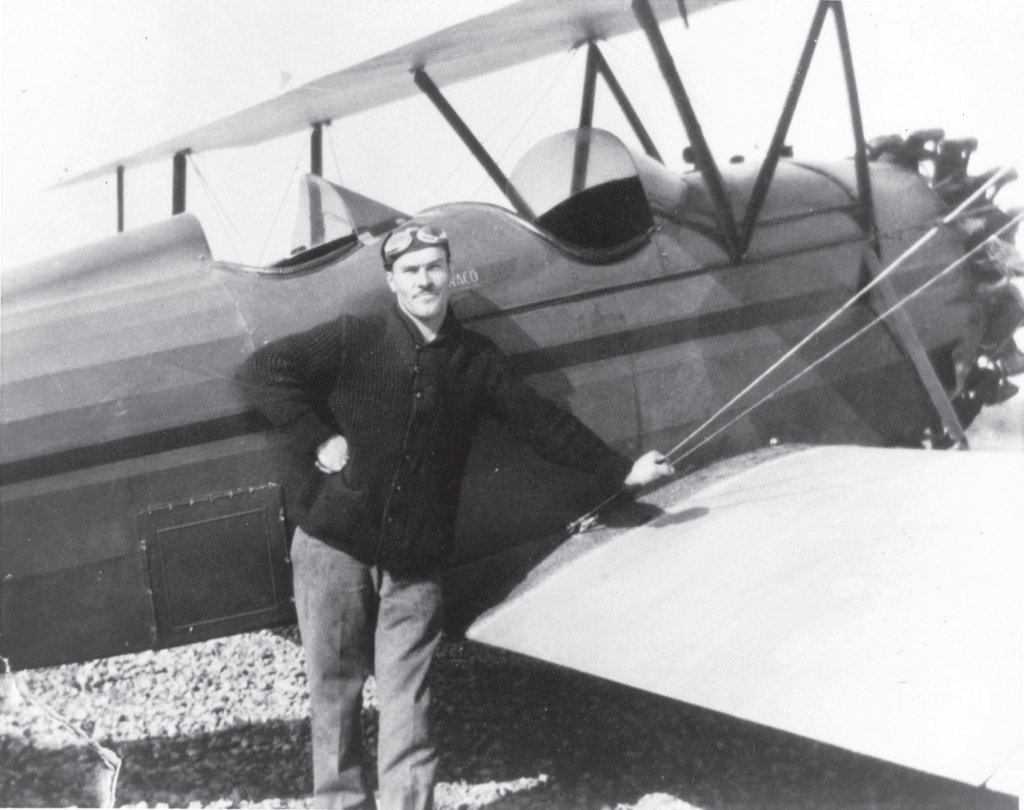
You gotta hand it to him. Like a Danny Ocean of his day, Alvin Karpis—public enemy number one in the mid-1930s—didn’t rob the train because he had to. He robbed the train because he wanted to.
According to author Julie A. Thompson in The Hunt for the Last Public Enemy in Northeastern Ohio, Karpis, who had risen to fame through an extensive career in bootlegging, illegal gambling, gunrunning, and organized crime as part of the Karpis-Barker gang, was known nationwide. His exploits had drawn the attention of no less than J. Edgar Hoover and the “G-men” of the FBI, who had tracked him across state after state, with Karpis often slipping through their grasp.
Ambitious, cocky, and greedy, in 1935 Karpis decided that a train job was next on his list. Picking out a mail train that carried payments from the Federal Reserve Bank in Cleveland to other towns in the area, his team of five other criminals set their plan in motion that autumn. Aiming to hijack the train at Garrettsville, they memorized its route, mapped out the local roads, scouted nearby safehouses, adopted false identities with their local contacts, and picked out an airport for a quick getaway by plane.
Extensive discussions regarding each man’s role took place: who would subdue the engineer, who would enter the mail car, who would guard the platform, who would drive the getaway vehicle. On the afternoon of November 7, after spending the night in a farmhouse close by, they swept in, loaded down with tommy guns, pistols, and dynamite. Taking control of the small platform, they held the staff and passengers hostage while seizing what assets they could and waiting for the train to arrive.

Soon enough, around two o’clock the whistle blew, and up it pulled to the line. Throwing dynamite through the mail car window, Karpis led the charge by threatening to detonate the stick should the clerks not open the doors. According to Thompson, Karpis began to count down from five, but he “only had to reach four before the doors swung back open.” Despite a fierce argument between the clerks and the criminal (and a little extra persuasion from those tommy guns), Karpis prevailed, and his team secured the mail bags on board the car.
Unfortunately for them, the main haul of payroll funds they were expecting had been delivered the previous day, but the gang still escaped with $34,000 in cash and $11,650 in bonds, which Thompson equates to nearly $715,000 in modern dollars. Driving off in their Plymouth sedan, the team left Erie train no. 626 to its fate—thankfully without any lives lost in the process.
So how did they get away? Having mapped out the local roads, they disappeared into the backroads of Portage County. Meeting a local contact at Port Clinton, they stole into a nondescript garage in the quaint little seaside town. After dividing up their haul (part of which paid for the car, the plane, and their co-conspirators), they burned the remaining evidence and spent the night at one of their accomplice’s homes. “They all slept in the front bedroom,” Thompson records. “No dummies, they had the guns with them in their handbags.” The next morning, they boarded a Stinson airplane piloted by John Zetzer, who flew them step by step down to Hot Springs, Arkansas. From there, nearly $5000 richer each, they went their separate ways.

Master sneak that he was, Karpis managed to elude capture for another six months, but because he had robbed bonds belonging to the postal service, federal postal inspectors were able to lend their expertise to Hoover and the G-men. Apprehending several of the men involved in the heist gave the feds information they needed to track Karpis himself, and in May 1936, the feds finally nabbed him down in New Orleans, swarming his car with nearly two dozen agents on busy Canal Street.
The greatest public enemy of the decade had finally been caught. Thompson notes one last detail of his capture: because he had boasted he would never be taken alive, none of the feds had brought handcuffs. Instead, when they finally led him into custody, Karpis’ hands were bound with an agent’s necktie.
Danny Ocean would be proud.




